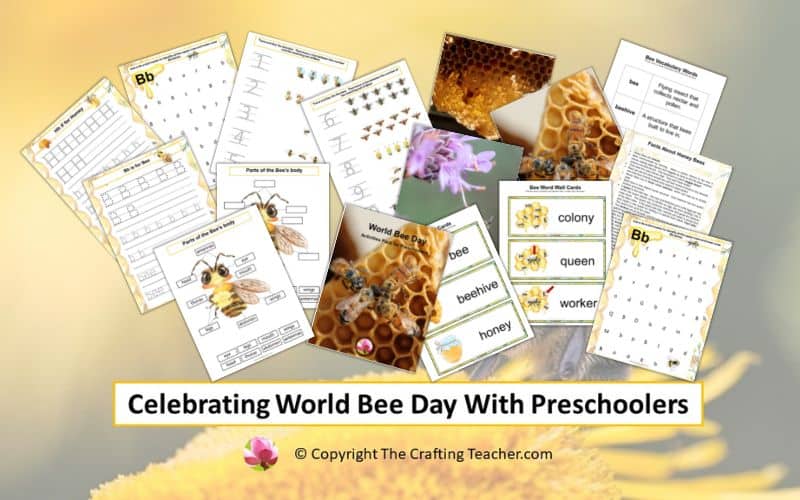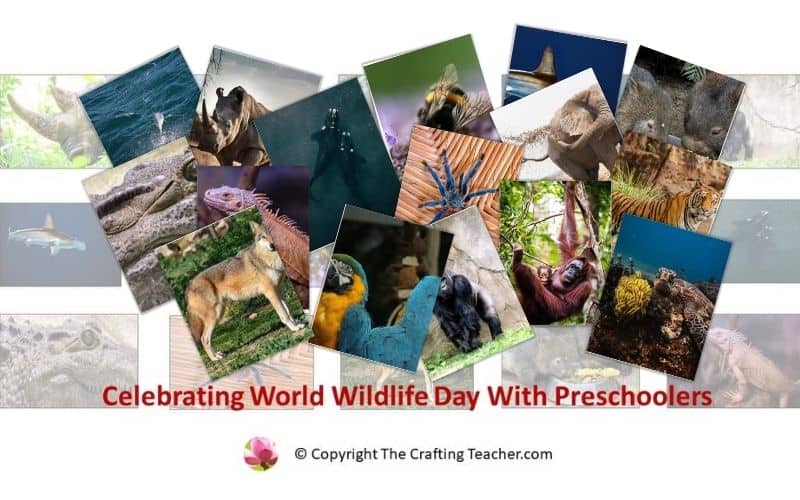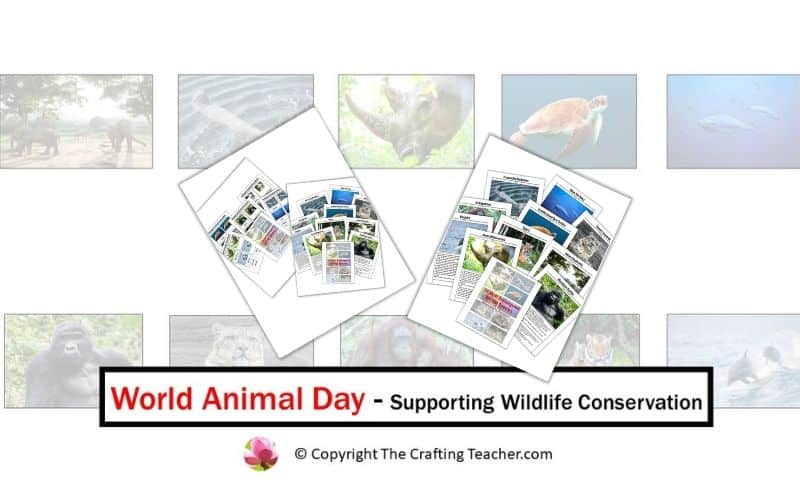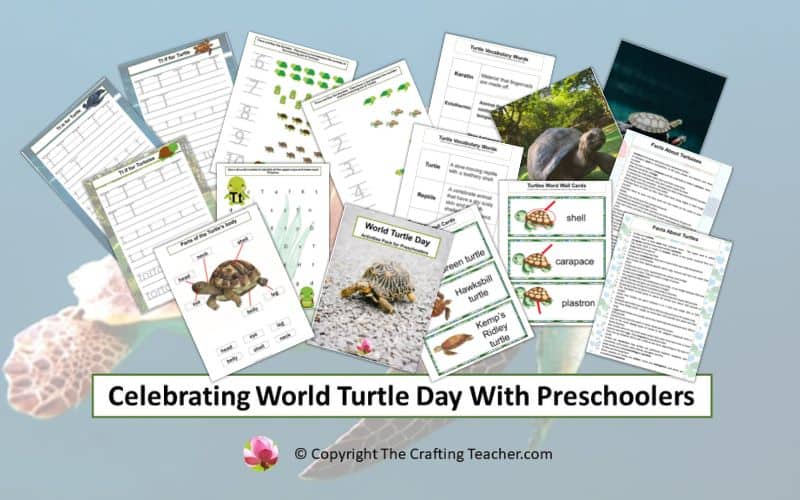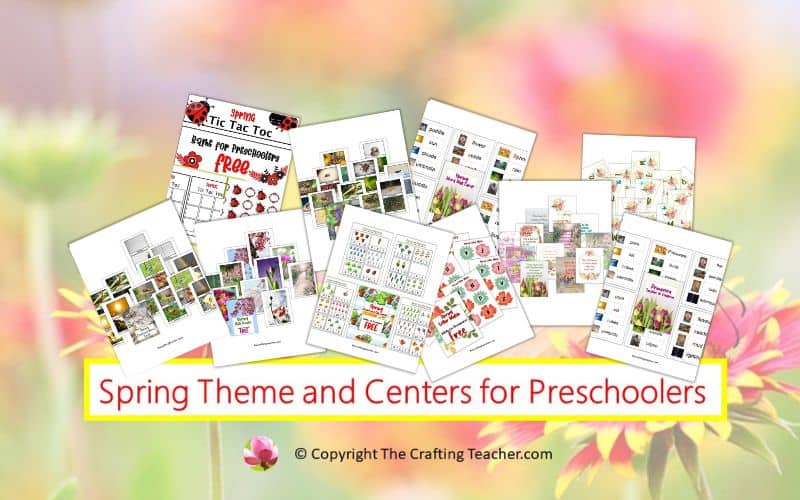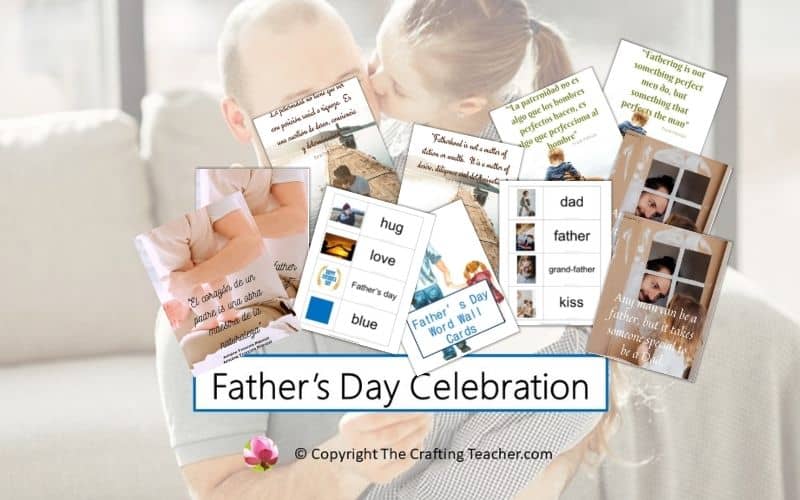Celebrating World Bee Day With Preschoolers
Affiliate Disclosure: “This post contains affiliate links, which means I receive a small commission, at no extra cost to you, if you make a purchase using those links.”
World Bee Day is celebrated on May 20 each year, to raise global awareness of the very important role of honey bees as pollinators, which is critical for healthy ecosystems and economic systems. How? Well, bees, help grow 35% is the world’s crops, and 90% of the world’s wildflowers, honey is not only a delicious sweetener and natural energy boost but also it’s a great antiseptic and treatment for burns and wounds.
We all have to be aware and understand that a large amount of the world’s food relies on bees and other pollinators (like butterflies, hummingbirds, and bats), and bees are seriously endangered to the point that they won’t be able to survive much longer without human interventions and support.
Bees are constantly under attack thanks to human activity. We have introduced invasive insects, overused and changed the land, used pesticides, and grown single types of crops. All of these have been continuously destroying bee colonies.
If bees become extinct, so will most of the food humans need to survive. Because of this, is it critical that the global public not only be made aware but also do everything in their power to help save the bees.
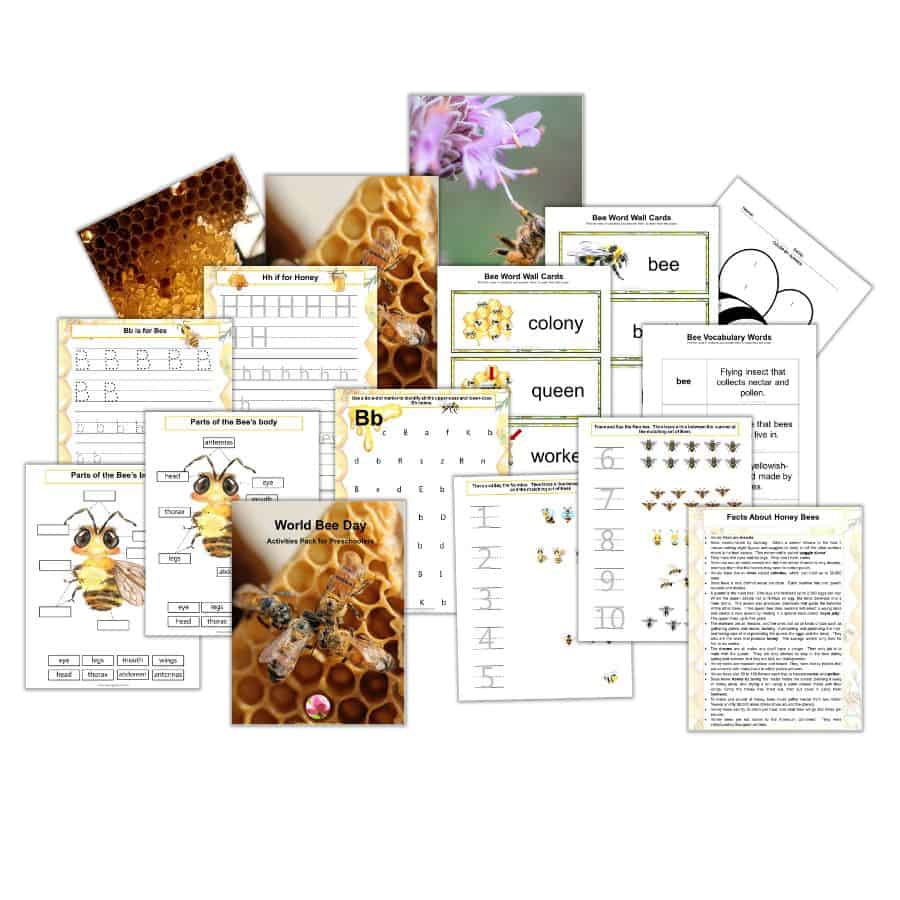
I have included a FREE 25-page long World Bee Day activities pack that includes Literacy, Science, Math, and Fine Motor Activities for your preschoolers, which can be downloaded at the end of this post.
History Behind the World Bee Day
The idea to celebrate this day came from Slovenian beekeeper Bostjan Noc, who’s the president of the Slovenian Beekeeper’s Association. He chose this day for two reasons:
First Slovenian Anton Janša, who was the pioneer of beekeeping, was born that day in 1734 and he was one of the first people who talked about the importance of bees in the world environment.
Secondly, because the need for pollination is greater during that period in the northern hemisphere, it is time for harvesting honey in the southern hemisphere.
Thankfully, the United Nations embraced the idea and declared May 20th World Bee Day.
Facts About Honey Bees
- Honey Bees are insects.
- Bees communicate by dancing. When a worker returns to the hive it moves making eight figures and waggles its body to tell the other workers where is the food source. This movement is called ‘waggle dance’.
- They have five eyes and six legs. They don’t have knees.
- Bees can see all colors except red, but their sense of smell is very developed and helps them find the flowers they need to collect pollen.
- Honey bees live in hives called colonies, which can hold up to 50,000 bees.
- Bees have a very distinct social structure. Each beehive has one queen, workers, and drones.
- A queen is the main bee. She lays and fertilizes up to 2,500 eggs per day. When the queen decides not to fertilize an egg, the larva develops into a male drone. The queen also produces chemicals that guide the behavior of the other bees. If the queen bee dies, workers will select a young larva and create a new queen by feeding it a special food called “royal jelly“. The queen lives up to five years.
- The workers are all females, and the ones that do all kinds of jobs such as gathering pollen and nectar, building, maintaining, and protecting the hive, and taking care of and protecting the queen, the eggs, and the larva). They also are the ones that produce honey. The average worker only lives for five to six weeks.
- The drones are all males and don’t have a stinger. Their only job is to mate with the queen. They are only allowed to stay in the hive during spring and summer, but they are kicked out during winter.
- Honey bees are mustard yellow and brown. They have stocky bodies that are covered with many hairs to which pollen adheres.
- Honey bees visit 50 to 100 flowers each trip, to harvest nectar and pollen.
- Bees make honey by taking the nectar inside the colony, packing it away in honey cells, and drying it out using a warm breeze made with their wings. Once the honey has dried out, they put cover it using fresh beeswax.
- To make one pound of honey, bees must gather nectar from two million flowers and fly 90,000 miles (three times around the planet).
- Honeybees can fly at 25km per hour and beat their wings 200 times per second.
- Honey bees are not native to the American Continent. They were introduced by European settlers.
How to Celebrate World Bees Day
I believe that the best way to celebrate this important day is not to limit ourselves to this single day. We have to become constant protectors and advocates of these magnificent insects with our daily practices and spread the word to create consciousness everywhere we go.
- Create a sanctuary for bees and other pollinators in our garden, yard, terrace, or balcony, by planting nectar-bearing flowers and bee-friendly shrubs. Years ago I planted a butterfly garden with a fountain and honeycomb houses. Since then, I’ve been enjoying the visit from butterflies, hummingbirds, and bees. You can do it too. It’s very easy, rewarding, and a big way to help.
- Don’t ever use pesticides or fertilizers that harm bees, and spray them early in the morning or late at night, when bees are not around.
- Support charities that protect the environment and endangered species.
- Spread local wildflower seeds in every meadow you see.
- Wear clothes that promote bees’ conservation.
- Visit beekeepers to become better informed about their job, and what you can do to become a better bee protector.
- Buy and consume honey and wax from local beekeepers. Honey is the only human food produced by insects, and bee wax is used to make candles, lip balms, body lotions, and also to protect and varnish furniture.
- Use your social media contacts to spread the word about bee conservation and protection.
- Teach your children about how to become bee protectors themselves, using photos, bringing them to your local beekeeper to learn about and observe a hive, taking them on nature walks, observing bees flying from flower to flower in a botanical garden, showing them an abandoned beehive, reading books to them about the wonderful world of bees, and showing them videos. The ones below are good ones you can use.
Bee-related Books
Read to your children every day, at least once. Books help children feel connected, understand better what you are talking about, and learn vocabulary, among many other important benefits.
Many books address bees, both fictional and non-fictional. You can find books about these great insects at your local library, used book store, and on Amazon. You can get fast to this website and to the book you want to add to your collection, by just clicking on the title that has my direct link. These are some of my favorite books about bees.
- National Geographic Readers: Bees by Laura Marsh. With beautiful, engaging, and authentic photos, and accessible text, kids will learn all about these incredible insects.
- The Honeybee by Kirsten Hall. Using Zooming, vibrant verse, this book celebrates the critically important honeybee.
- Five Bizzy Honey Bees by Lance Douglas. This story, with its award-winning illustrations, takes the reader on a fascinating journey into the hive and explores the highly organized life of a honey bee.
- I Am a Bee by Rebecca McDonald. This excellent book teaches important bee facts, from the work that has to be done, to a bee’s favorite food of honey and pollen and the honeycomb that it’s all stored in.
- Give Bees a Chance by Bethany Barton. This book is for anyone who doesn’t quite appreciate how extra special and important bees are to the world, and even to humankind, providing facts using cartoon-style illustrations.
- The Buzzy Bee Book for Kids by Alice McGinty. This book uses amazing photos to teach kids about the honeybee, explore everything that happens inside a beehive and beyond, learn what makes bees so unique, and all about the jobs bees do to keep the hive happy and healthy.
- The Rainbow Bee by Ricardo Gattas-Moras and Rob Jackson. The authors introduce surprise, conflict, and vulnerability in a way that children of all ages can understand and enjoy, using Rainbow, the main character in the story, to teach that differences can be beautiful, and should be embraced.
- The Thing About Bees: A Love Letter by Shabazz Larkin. This story is a tribute to the bees that pollinate the foods we love to eat. Children are introduced to different kinds of bees, “how not to get stung,” and how the things we fear are often things we don’t fully understand.
- Bee: A Peek-Through Picture Book by Britta Teckentrup. Through a hole in the book’s cover, a bee buzzing inside a flower shows the big ways this little insect contributes to the beauty of the environment, from pollinating colorful flowers to buzzing about the bright and beautiful meadow.
- Amazing Bees: Buzzing with Bee Facts! by Sue Unstead. Using carefully selected photographic images to complement the text, this book teaches everything there is to know about how bees are a vital part of the earth’s ecosystem, vocabulary, confidence, and fun facts.
- National Geographic Readers: Buzz, Bee! by Jennifer Szymanski. Through text features such as a vocabulary tree and a wrap-up activity, kids will be introduced to new words and concepts, helping them expand their understanding of the world.
- The Bee Book by Charlotte Milner. This is a perfect introduction to bee conservation for little ones, pollination, how much they matter, why they are declining, and what we can do to help.
- Beehive by Petra Bartikova. This charming book will educate, engage, and inspire young readers for hours on the important life and work of bees by providing a special look at life inside of a beehive.
- Bees Like Flowers by Rebecca Bielawski. Watch the Honey Bee, and find out why bees and flowers are such good friends. Illustrations using vivid colors include many real flower species that children may recognize from their gardens or have seen growing in the wild.
- Explore My World: Honey Bees by Jill Esbaum. In this charming picture book, kids will learn all about the world of honeybees and the important role they play in our delicate ecosystem.
Pin It For Later
If you are in a rush and don’t have time to read the post and download the printable but want to save it for later, pin it to one of your Pinterest boards for later.
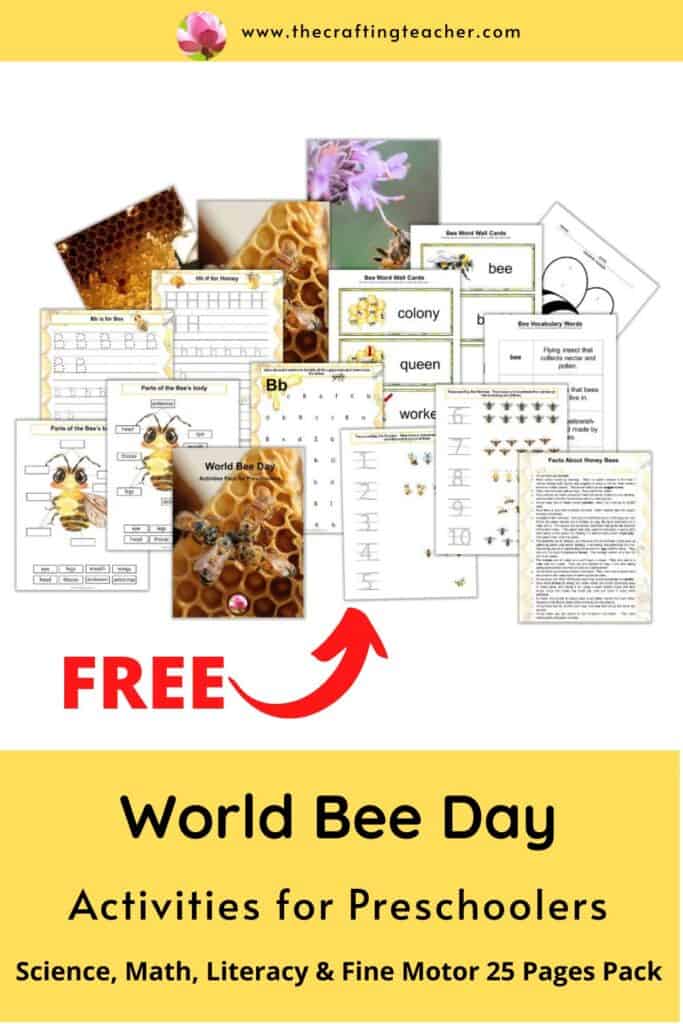
One of the quotes that reflects the true value of bees is the one that St. John Chrysostom said: “The bee is more honored than other animals, not because she labors, but because she labors for others.” We as adults have the responsibility to educate our preschoolers about the bees, making sure that they understand that if these little insects disappear so will we because our planet will become a dry desert where you won’t find any trees for shelter or food to eat.
Children must have a better knowledge of bees and you, as teachers and parents of preschoolers can encourage them to love, support, and protect these animals. This World Bee Day make a vow to teach your children all of this, so they can become protectors and advocates for these amazing insects, so we all can have healthy ecosystems where every life thrives.
I hope you enjoy these ideas and help you have fun during the World Bee Day celebration with your preschoolers. To get the FREE pack, you just have to click on the link below and put your information, for an immediate download.
Be happy, safe, and creative. I wish you well.
Love,

P.D. Please let me know if any of these ideas worked for you, or if you think I need to add or replace something. My goal is to help you in any way I can and I don’t like anything better than to post something that you might find useful. Also, if you come up with different ideas and want to share them, I would love to post them as well.

